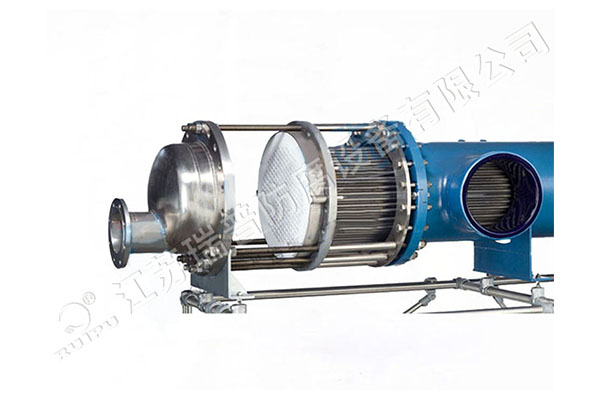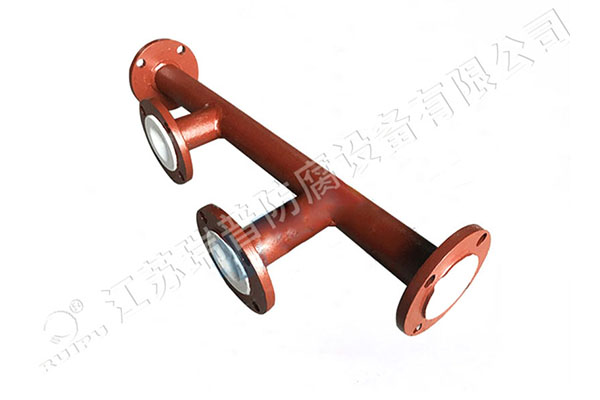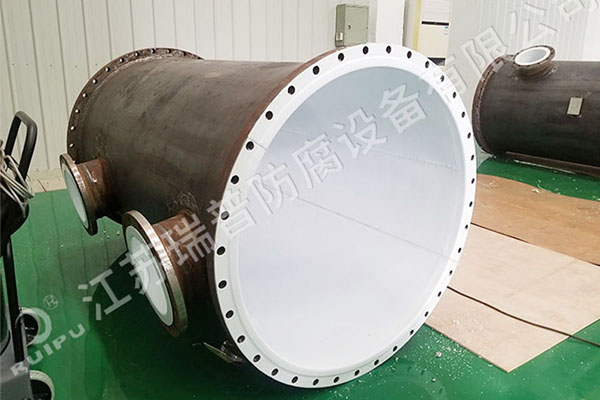How to effectively prevent corrosion and scaling problems in heat exchangers?
Release Time : 2025-03-18
First, in the design stage of the heat exchanger, the material should be selected reasonably. For specific media and operating environments, materials with stronger corrosion resistance should be selected, such as stainless steel, titanium alloy or nickel alloy containing molybdenum. These materials have high resistance to stress corrosion and can maintain stable performance under harsh conditions.
In addition to selecting suitable materials, surface treatment of the heat exchanger is also an important measure to prevent corrosion. Residual stress on the surface of the material can be reduced or eliminated by heat treatment, surface coating technology (such as plating or anodizing), and a protective layer can be added to improve the corrosion resistance of the material.
Corrosion and scaling inside the heat exchanger are often closely related to water quality and medium composition. Therefore, the water quality and medium composition entering the heat exchanger should be strictly controlled. For example, an online automatic softening system is used to reduce the hardness of the inlet water and reduce the content of calcium and magnesium ions; an efficient deoxygenation device is installed to reduce the amount of dissolved oxygen in the inlet water and reduce the risk of electrochemical corrosion. At the same time, the working medium is treated, such as dechlorination or softening, to reduce the content of corrosive elements.
The flow design of the heat exchanger also has an important impact on its corrosion and scaling. Through reasonable flow channel design and heat transfer surface structure, the flow velocity and shear stress of the fluid in the heat exchanger can be increased, thereby effectively reducing the adhesion of dirt. In addition, heat exchange tube bundles with spoiler baffles can be designed to enhance the vortex disturbance effect, improve the flow between tubes, and inhibit the accumulation of scale between tubes.
With the development of technology, intelligent monitoring systems play an increasingly important role in the maintenance of heat exchangers. Intelligent soft measurement systems and heat exchanger intelligent control systems can be developed to comprehensively monitor the water quality and the operating status of the heat exchanger. Once an abnormality is found, measures should be taken immediately to avoid further deterioration of corrosion and scaling problems. At the same time, the heat exchanger should be cleaned and maintained regularly, and chemical cleaning agents or high-pressure water jet cleaning methods should be used to remove dirt and corrosion products.
By adjusting parameters such as fluid temperature, pressure and flow rate, the formation rate of corrosion and scaling can also be reduced. For example, appropriately increasing the flow rate is conducive to heat transfer and can reduce the formation of scale by generating high shear stress. At the same time, controlling the pH value of the medium within an appropriate range and avoiding an overly acidic or overly alkaline environment can also reduce the possibility of corrosion.
Establishing a strict detection and monitoring mechanism is an important guarantee for preventing corrosion and scaling of heat exchangers. The corrosion condition of heat exchangers should be checked regularly, using technical means such as ultrasonic, eddy current or visual inspection. At the same time, monitor the chemical composition of the medium and operating conditions, such as key parameters such as temperature, pressure and flow rate, to achieve the prediction and prevention of corrosion risks. Once potential problems are found, take immediate measures to deal with them to ensure the safe and stable operation of the heat exchanger.
Corrosion and scaling problems of heat exchangers can be effectively prevented by optimizing material selection, strengthening surface treatment, controlling water quality and medium composition, optimizing flow design, implementing intelligent monitoring and maintenance, adjusting fluid parameters, and establishing a strict detection and monitoring mechanism. The implementation of these measures will help improve the performance and life of heat exchangers, reduce maintenance costs, and contribute to the safe production and energy conservation and emission reduction of enterprises.







